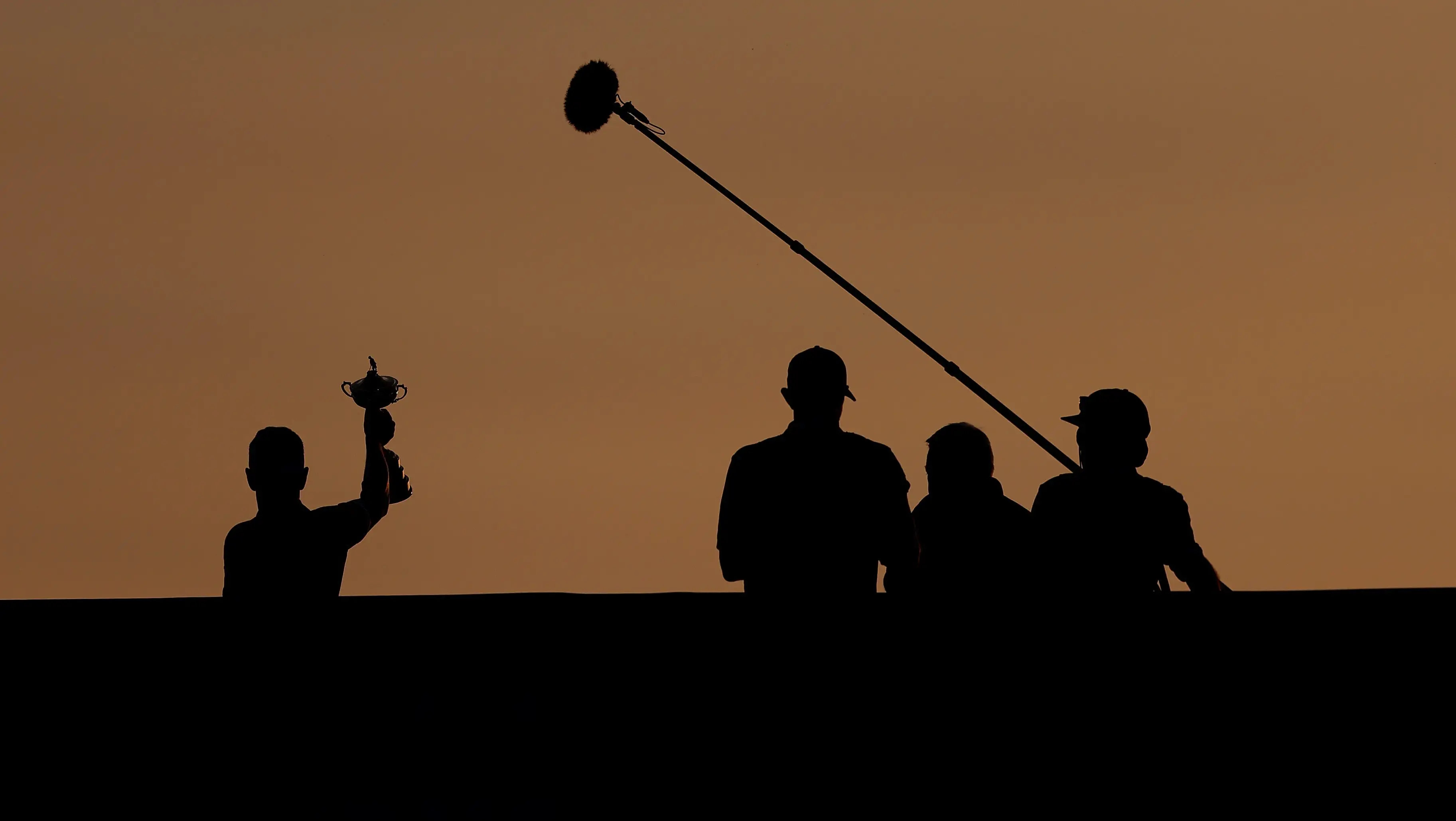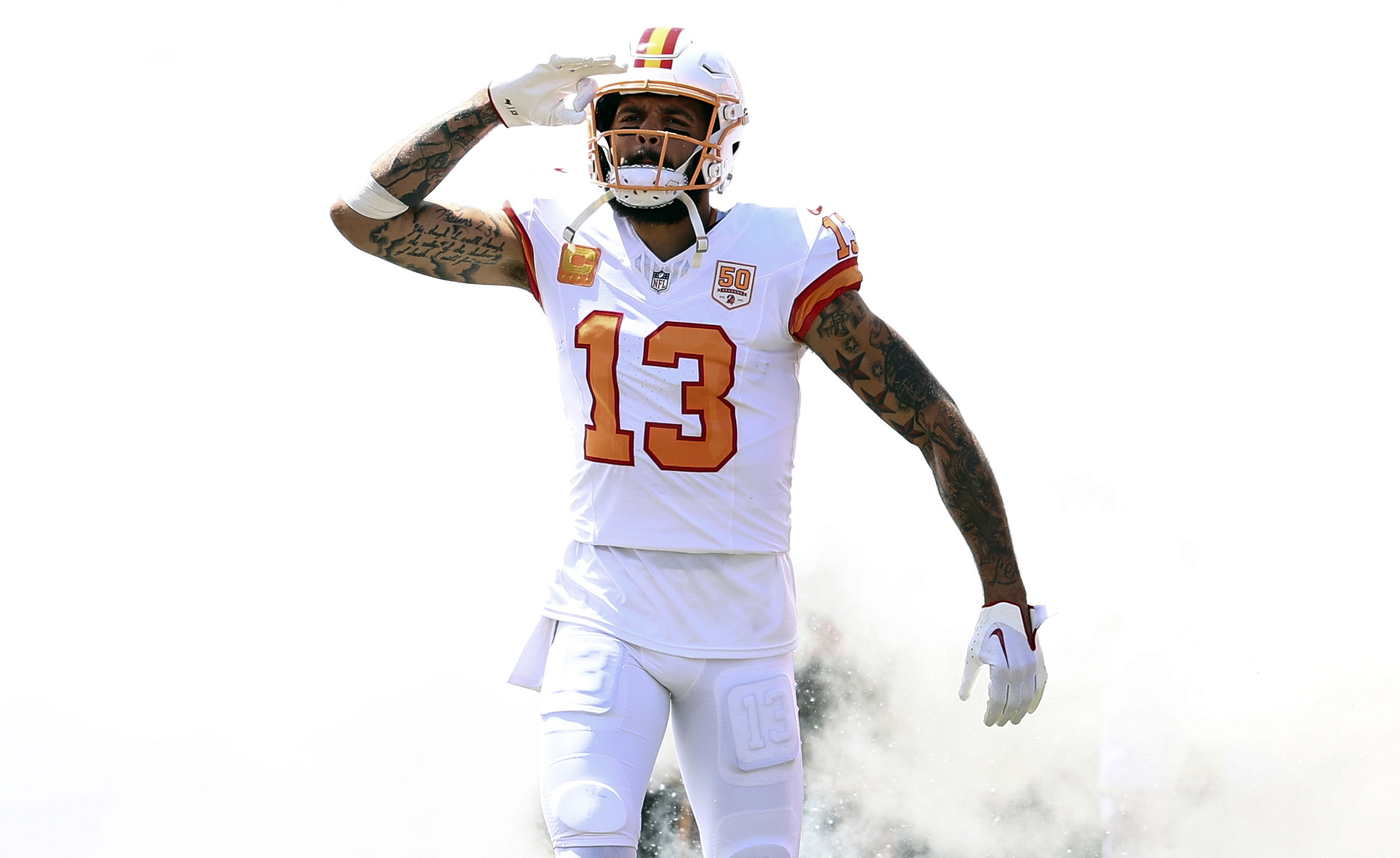
From the moment the 2023 Ryder Cup concluded, the PGA of America’s Global Media team has been at work planning not only the golf event itself, but the broadcast machinery behind it. The 2025 edition at Bethpage Black serves as one of the most ambitious media undertakings in golf history, involving nearly 100 international partners, layered feeds, and an expectation of flawless technical delivery.
This isn’t just about sending a feed to TV networks; it’s about constructing a media infrastructure that can adapt to local rights holders, variation in broadcast windows, and on-the-ground augmentation by partners. The logistics here go deep: site visits, hole-by-hole planning, signal routing, and contingency networks.
How Early Planning And Partnerships Set The Groundwork For Success
The Global Media team begins its work practically as soon as the prior tournament ends. That includes coordinating with NBC, Sky, Ryder Cup Europe, and other stakeholders to map out camera towers, broadcast compounds, signal paths, and course logistics. Onsite layouts are adjusted specifically for this event: ranges, spectator viewing zones, broadcast compounds–all recalibrated to support the media mission.
Close alignment between PGA of America, European Tour Productions, and rights holders is essential to prevent conflicting demands. The world feed needs to deliver a consistent base product, but many partners will layer their own commentary, features, or localized content over it. This requires constant communication, precise scheduling, and flexibility for last-minute tweaks.
Why NBC Is Producing The World Feed This Year, And How That Shapes The Coverage
In a strategic shift, NBC is producing the world feed (not just the U.S. domestic output). That decision is rooted in synergies from Comcast’s acquisition of Sky and past tendencies for NBC/Sky to co-produce. But it also reflects a confidence that NBC can manage continuous, global broadcasting demands better than segmented handovers.
This world feed must differ in structure; it cannot rely on commercial breaks, must sustain flow across time zones, and must be robust for augmentation by regional broadcasters. The PGA of America, Ryder Cup Europe, and NBC have all had to negotiate which portions of the feed are fixed and which are modifiable by local partners.
“One of the benefits of us handling the world feed is everyone benefits because we have walking announcers from both countries and interviews from both sides,” NBC Sports director of remote technical operations, Marc Caputo, said. “There are different voices and different opinions and that balance and diversity counts.”
What It Takes To Serve Over 100 International Partners With Different Needs
The sheer number of partners drives complexity. Some take only the world feed; others send their own crews to film customized content and local commentary. Some are photographers or written media only, others are full video operations in their home markets. The media hub PGA provides is critical, delivering press conferences, promos, communication assets, and live streams to registered partners worldwide.
Onsite, support must scale: technical liaisons, signal routing, redundant links, bandwidth allocation, and real-time coordination. The logistics don’t just end at providing feed–helping partners with integration, synchronization, and troubleshooting is a full-time demand.
How Innovation In Camera And Display Tech Enhances The Viewer And Fan Experience
This year, Bethpage Black hosts the most cameras ever deployed at a U.S. Ryder Cup. There are bunker cams on holes 4 and 14, multiple drones, cranes, even a plane giving aerial coverage, and tracing capability on all 18 holes. On the spectator side, 27 videoboards across the course produce more total pixels than iconic stadium displays combined.
Those displays are programmed dynamically–showing moments from around the course, alternate angles, and replays to bring fans onsite deeper into the action. The first tee also gets a major boost: a stage, DJ, and crowd engagement elements are layered into the broadcast plan so that the fan experience is part of the cinematic production.
Why This Production Strategy Is Critical For Global Impact And Brand Protection
It’s not just about making the event look good; it’s about ensuring that the Ryder Cup brand stands up everywhere in the world. Weak signals, feed dropouts, or technical missteps in some country can erode credibility and damage partnerships. The PGA of America knows that every broadcast is a statement of professionalism.
Moreover, consistent feed quality allows sponsors, advertisers, and rights holders to trust the product. For emerging markets, local broadcasters rely heavily on the world feed, so delivering a solid base is essential. Failure in one region can ripple through reputational risk.
By building redundancy, flexibility, and partner support into the plan, the PGA sets a higher bar for what a global sporting event’s production should be. In heavyweight sports coverage, this level of broadcast architecture is part of the battlefield.



